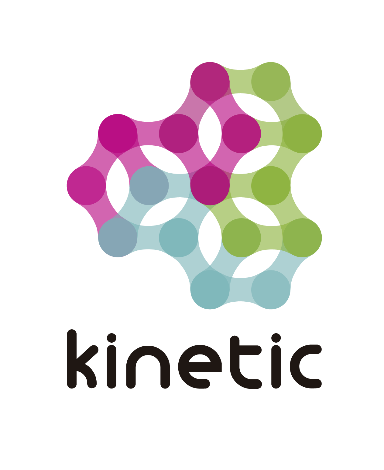
Project Background
In October 2014, Kinetic and GroupM launched a successful research initiative studying grocery shoppers’ habits and their interaction with OOH. However, the convenience shopper differs greatly so further research was required to better understand this shopping cohort and what Out of Home formats they notice and interact with.
Methodology
A mixed methodology approach was undertaken combining eye-tracking technology with interviews. 50 convenience shoppers were intercepted before they entered specific C-Stores and asked to wear eye-tracking glasses (Tobii Glasses 2) while they went about their normal shopping task. The eye-tracking technology measured the point of gaze, length of gaze and eye pupil fixation at various points during a convenience store shop.
Furthermore, additional C-Store shoppers were intercepted on-street by research agency, iReach, to take a virtual visit to a C-Store by watching video footage of a typical shop taken from the shopper’s perspective. 50 respondents watched the video on a laptop calibrated with Tobii X2-30 and Studio Professional Software. The eye-tracking component measured a second by second eyeball movement and iris focus during the lifetime of the video. A further 100 respondents also watched the video on a standard PC and were asked a number of exit interview questions relating to the footage. Research took place in early March in Dublin at C-Stores located in the city centre, Clontarf and Leopardstown.
Insights
While the motivations for a convenience shop compared to a main shop may be different, the role of Out of Home formats on the path to purchase is similar. Shoppers who buy on impulse find a wider range of formats effective, versus those who have a defined list, respond to formats later in the path to purchase. Having integrated, multi-format, as well as a combination of digital and static formats on the path to purchase increases recall.